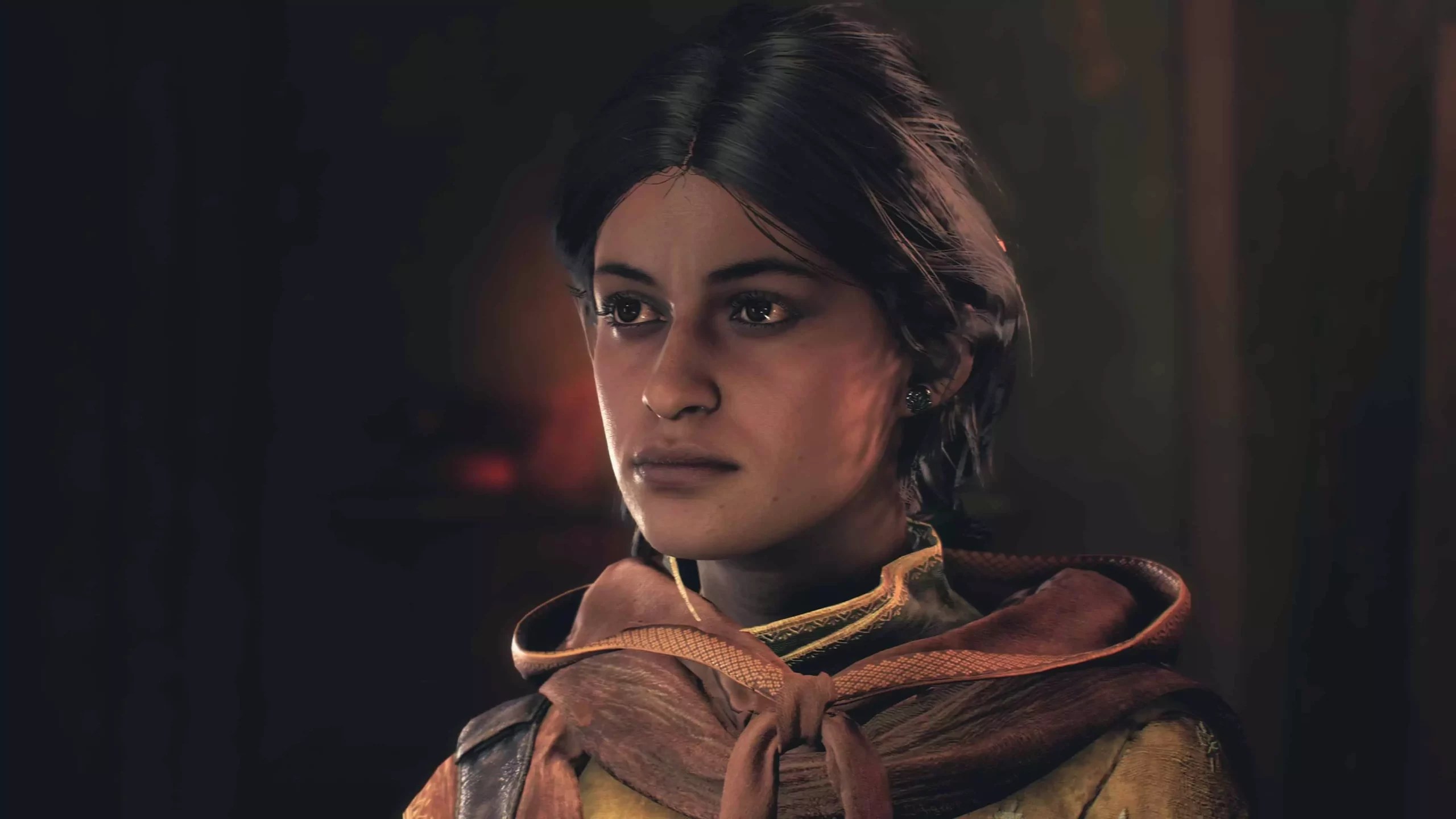In an era where visual fidelity often overshadows gameplay mechanics, “Unknown 9: Awakening” emerges as a contender that challenges conventional gaming paradigms. While many titles today boast hyper-realistic graphics and polished animations, “Unknown 9: Awakening” takes an alternative approach. With its simplistic graphical style and a focus on storytelling and gameplay mechanics, the game sparks a conversation about what truly constitutes a compelling gaming experience.
At first glance, the graphical presentation of “Unknown 9: Awakening” might make some players skeptical. Its foliage appears blocky, and character models lack the intricate details that players have come to expect, especially in an industry that touts realism. Yet, this begs a pivotal question: does anecdotal beauty still outweigh engaging gameplay? The team’s philosophy seems rooted in the belief that a well-crafted experience can resonate with players despite not making use of cutting-edge graphics.
In the hands of players who have grown weary of games that prioritize looks over substance, “Unknown 9: Awakening” could signify a refreshing resurgence of game design that values immersive narratives and innovative mechanics. The current gaming climate desperately needs titles that can bolster this ethos. While graphics are undeniably important, they should serve to enhance rather than define the gaming experience.
Central to the experience is Haroona, the game’s protagonist brought to life through motion capture and voice acting by Anya Chalotra. Her character embodies a depth and complexity that invites players to invest emotionally in her journey. As a wanted individual endowed with powerful abilities, Haroona’s encounters explore themes of survival and treachery, revealing layers of her personality that make her relatable yet intriguing.
Her capacity to mind control and navigate various dimensions also expands gameplay mechanics beyond the traditional fighting spirit. Here, the game presents a blend of stealth and strategic combat that becomes increasingly compelling as players progress through Haroona’s challenges.
The tension surrounding her character is palpable; being hunted by relentless adversaries creates a thrilling uncertainty. Players are drawn into this world where danger lurks around every corner, and Haroona’s carefully calculated use of her abilities keeps players engaged.
Combat presents an excitingly complex structure that encourages players to think critically. Instead of relying exclusively on brute strength, players learn to manipulate their surroundings through stealth and cunning. The ability to “step” into enemies’ minds, pitting them against each other, adds layers to the combat that distinguish it from standard action-adventure fare.
One standout feature is Haroona’s soul-snatching ability, a mechanic that combines horror and satisfaction as enemies collapse upon their defeat. This duality creates a dynamic battle system where players need to make tactical decisions regarding whether to engage or remain hidden. As Haroona faces increasingly tough opponents, the demand for adaptive thinking grows, pushing players to devise novel strategies for each encounter.
The game is designed in such a way that combat becomes less about sheer force and more about finesse and creativity. Tasks become puzzles to solve, allowing players to enact their decisions with purpose.
Adding to the overall experience is the game’s exploration component, which beckons players to traverse various environments, from gritty port towns to vibrant jungles. This not only showcases the game’s expansive world but also enhances its narrative framework. Along her journey, Haroona meets various characters, including a mysterious gun-slinger who adds to the lore without compromising the tone or narrative flow.
Players are invited to delve into the backstory of these characters, piecing together snippets of information that elevate emotional investment in Haroona’s quest. The interactive components of storytelling are effortlessly interwoven with exploration, making each encounter a rewarding experience on multiple levels.
While “Unknown 9: Awakening” brims with potential as a standalone experience, it also exists within a larger cross-media franchise. Novels, comics, and other forms of storytelling enrich its depth, allowing players who venture beyond the game to deepen their experience. Admittedly, this might intimidate players unaccustomed to such expansive universes; however, it also presents an invitation to immerse themselves in a richly developed narrative.
For those willing to engage with the wider lore, “Unknown 9: Awakening” promises an adventure that challenges preconceived notions about narrative and gameplay. As it stands on the brink of its release, this title has the potential to captivate an audience craving depth over flashy graphics, truly embodying a return to what made earlier action-adventure games enchanting.
“Unknown 9: Awakening” serves as an intriguing case study in game design, proving that impressive graphics are not the only path to a memorable experience. By prioritizing compelling gameplay and layered storytelling, the developers craft a world worth exploring, rife with unanswered questions and engaging challenges. As it readies for its launch, this game could very well become a sleeper hit, winning over both skeptics and enthusiasts alike.


Leave a Reply